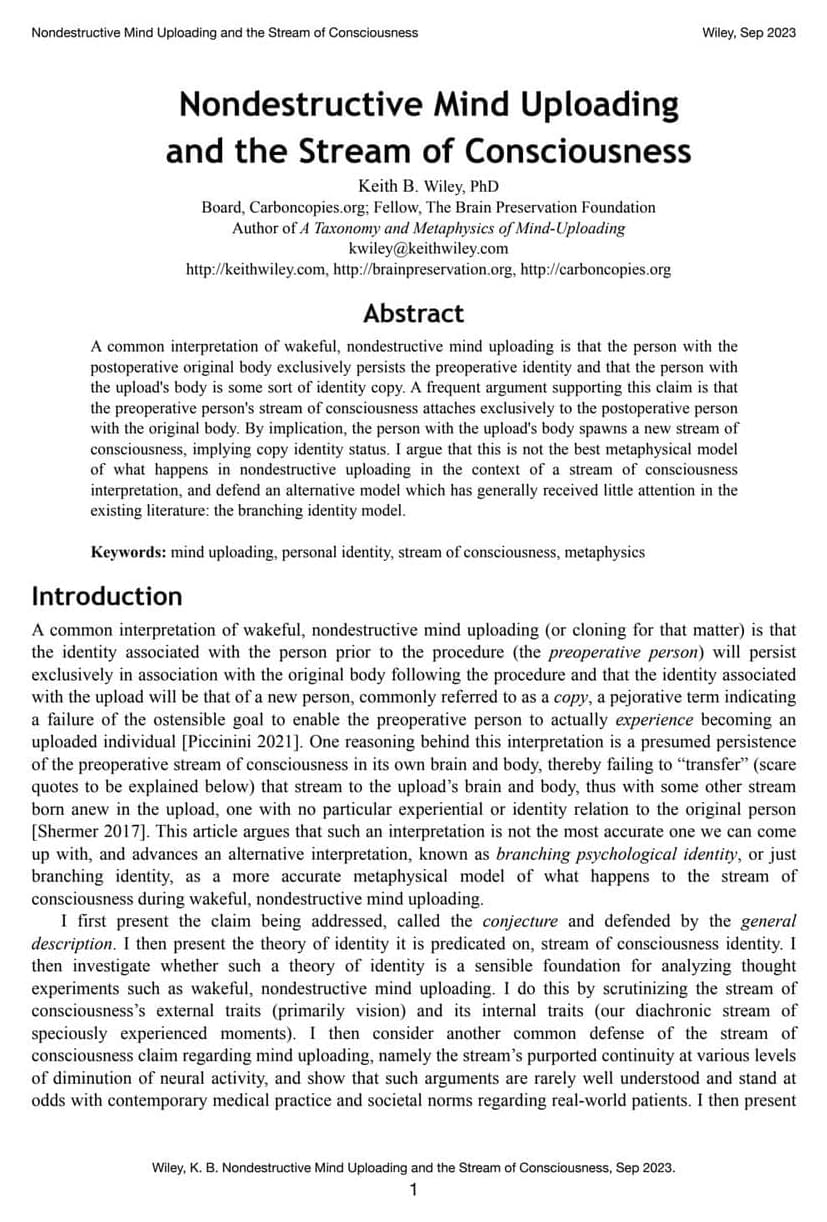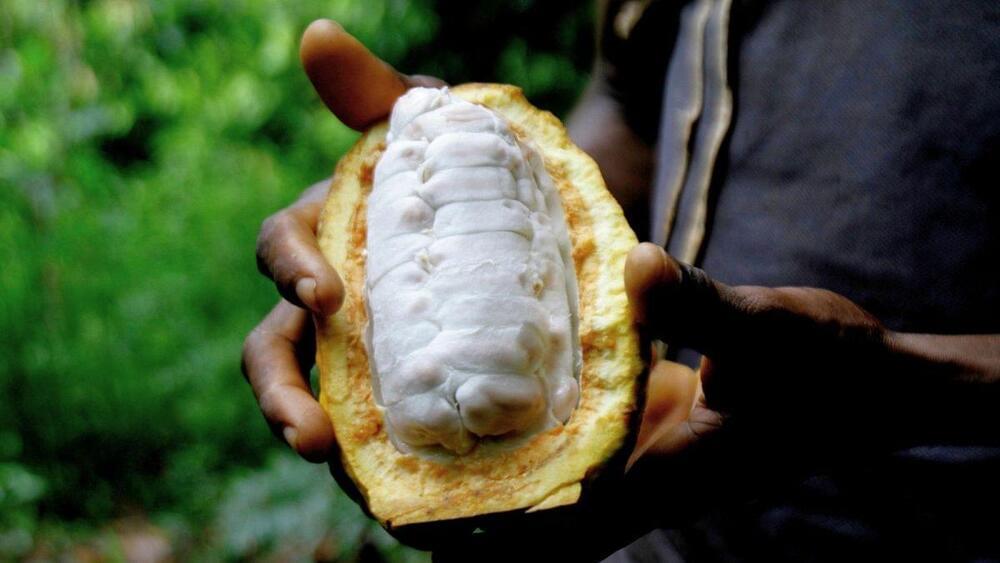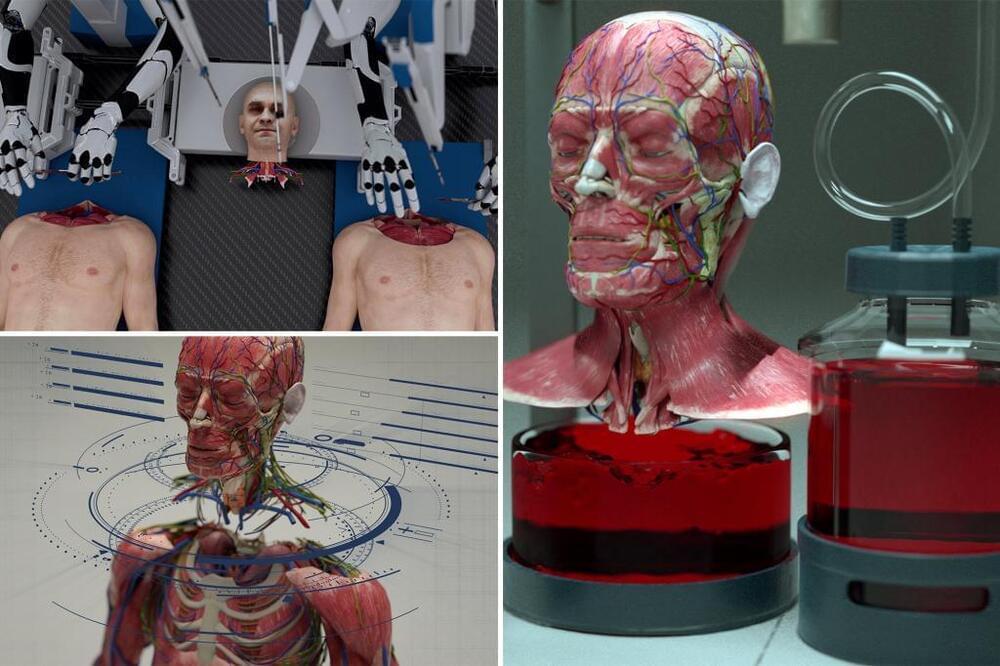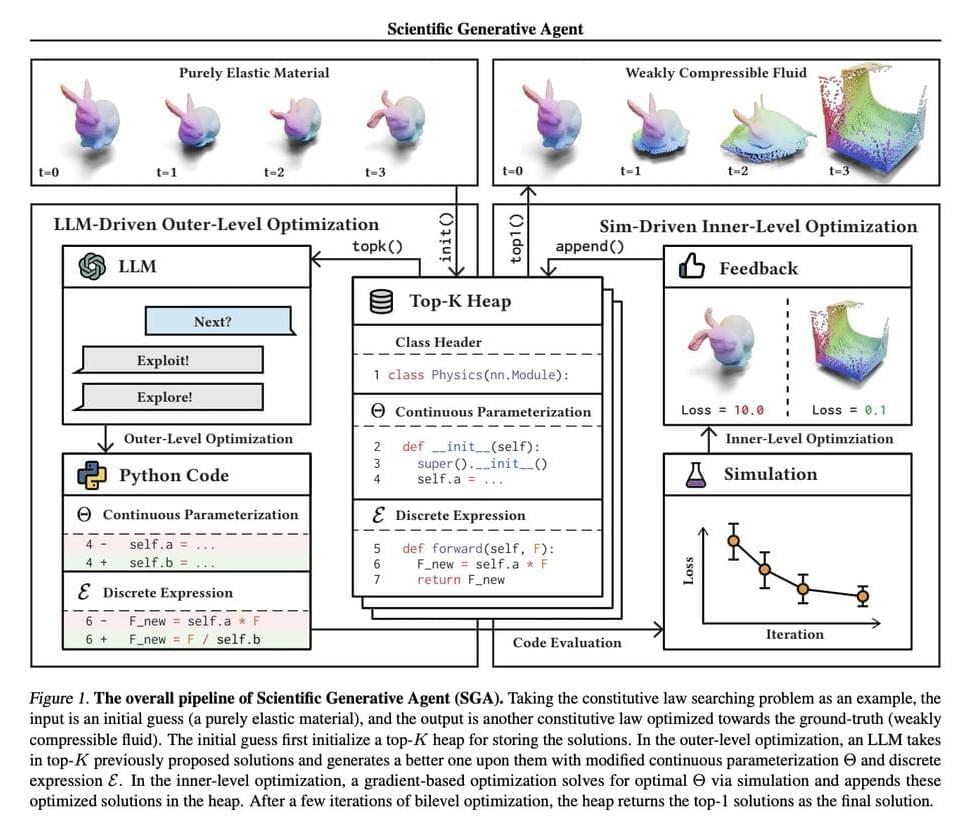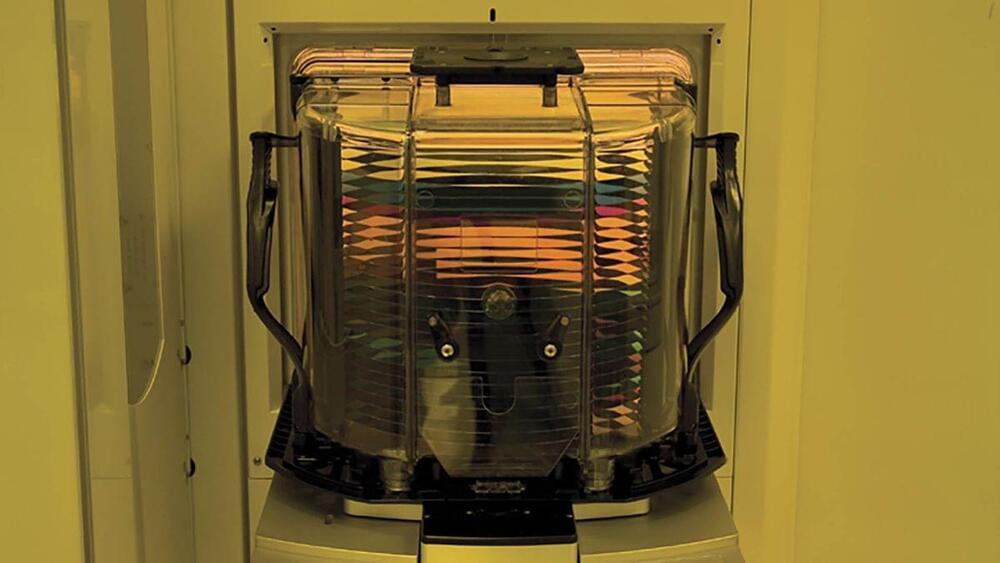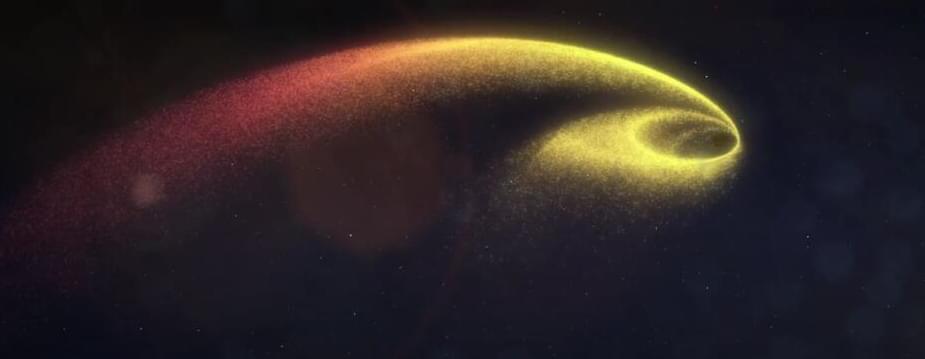Annihilationism is the belief that unbelievers will not experience an eternity of suffering in hell, but will instead be “extinguished.” Dr. Bart Ehrman discusses why Jesus and Paul believed in annihilation. Full video: • Exploring Early Christian Narratives…
Dr. Bart Ehrman is the James A. Gray Distinguished Professor of Religious Studies at the University of North Carolina, Chapel Hill, where he has taught thousands of students and won numerous awards.
Bart’s work has been featured in The New York Times, the Washington Post, the Times Literary Supplement, the New Yorker, Time, and Newsweek; he has appeared on National Geographic, CNN, the BBC, NBC’s Dateline, the Discovery Channel, Fresh Air with Terry Gross, the Daily Show with Jon Stewart, the Sam Harris Podcast, and many other top media outlets. Subscribe to his blog here:
https://ehrmanblog.org/
Delgado Podcast features discussions with academics, authors, artists and people who challenge our thinking and help us grow in more compassion. This season is focused on the ways our spirituality, faith, and/or religious identities impact our understanding of justice, race, gender, sexuality, mental health, and religious texts. More about the show here:
You can also get the podcast here:
Spotify: http://bit.ly/delgadopod.
